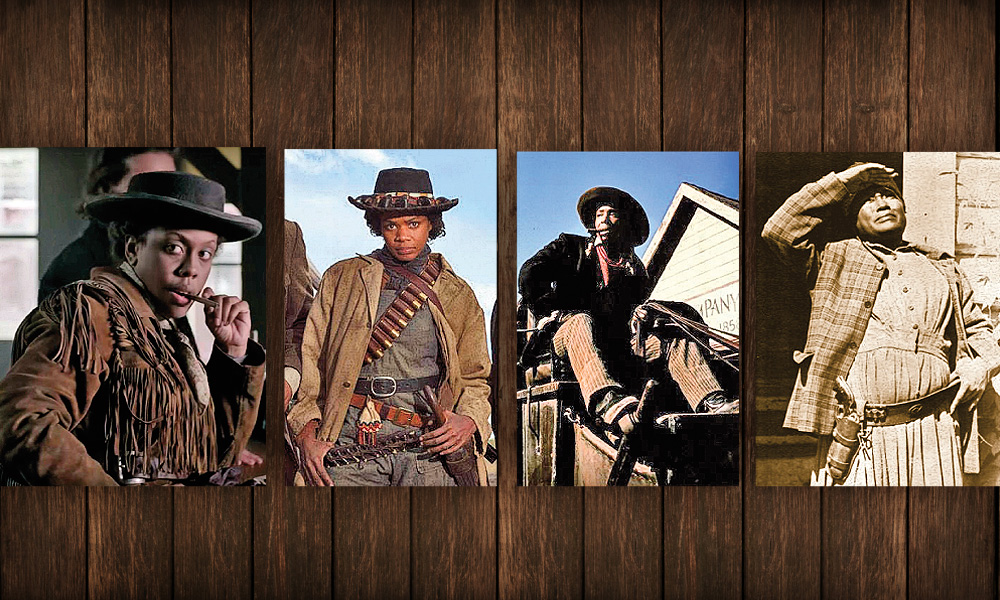
A well-traveled trail rests peacefully between the rich forested hillsides around the town of Cascade, Montana, and snakes 12 miles west to St. Peter’s Mission. The road was the hub of activity in 1895. Back and forth along the route, Mary Fields, a former slave, drove a stagecoach carrying mail for people in the central area of the state. Fields was the first black postal carrier in the U.S., and the oldest woman to ever take on such a job.
Born around 1832, Fields lived on a plantation in Hickman County, Tennessee, with her parents until the close of the Civil War made her a free woman. Her employment history included emptying chamber pots on the Robert E. Lee when it beat the Natchez in a famous 1870 steamboat race. At the urging of her friend Sarah “Dolly” Dunne, Fields headed west to Montana in 1884 to visit. An Ursuline nun, Dunne was starting a children’s boarding school for settlers and local Piegan Blackfeet at St. Peter’s Mission.
Once the tough, six-foot-tall Fields arrived, she discovered the mission in disrepair. She organized a team of men to make repairs and improvements. One worker resented a black woman telling him what to do and backhanded her across the mouth. Just as he went for his gun, Fields shot a bullet at the man and scared him away from messing with her again. Despite her nearly 10 years of service, the altercation led to her being asked to leave the mission.
Fields applied for work as a mail carrier on a new U.S. Mail Service route opening into the Cascade Mountains. After proving she could defend herself and her cargo from highwaymen, and demonstrating her talent with horses and driving a stage, she got the job. She was 63 years old.
Stagecoach Mary, as she came to be known, transported letters and packages to and from pioneers for eight years. She left in 1903 and opened a successful laundry business in Cascade. She spent a portion of the profits treating herself to whiskey and cigars.
The U.S. Postal Service recognizes Field as the second woman in history to transport mail on a contract route in the frontier West (the first was Minnie Westman, in 1881, in Oregon). Fields and her mule, Moses, delivered important correspondence that helped advance the land-claim process in central Montana.
Fields proved a woman could do anything a man could do in the untamed territories beyond the Colorado Rockies. Among her many admirers were actor Gary Cooper, who knew her when he was a little boy during visits to Cascade from his family’s ranch in Helena. Another fan was cowboy artist Charles M. Russell, who included her in an 1897 pen-and-ink, A Quiet Day in Cascade, that shows a hog knocking down Fields and spilling her basket of eggs.
Fields was a proud, independent woman who never wanted to be an inconvenience to her friends and neighbors. When she became seriously ill in 1914, she snuck off to a tall, grassy area outside her home and lay down to die. Children playing in the area found her, and she was taken to the Columbus Hospital in Great Falls, where she died of liver failure shortly after, on December 5. The numerous townspeople she had befriended escorted her casket to the graveyard.
She was 82 years old. A simple wooden cross marks her grave site at the Hillside Cemetery near Cascade, located at the foot of the peaceful trail that leads the way to St. Peter’s Mission.


– Courtesy (from left): AMC; Hallmark Channel; HBO; Northwest Public Television –
Chris Enss is a New York Times bestselling author who has written more than 20 books on the subject of women in the Old West. Her latest book is Entertaining Women.






